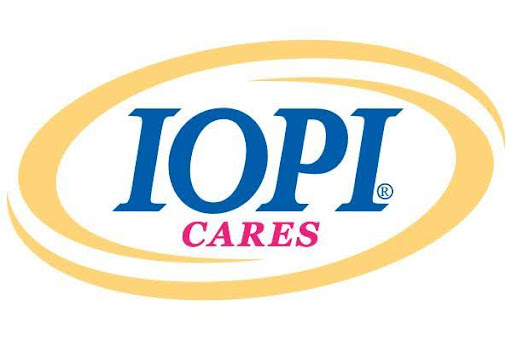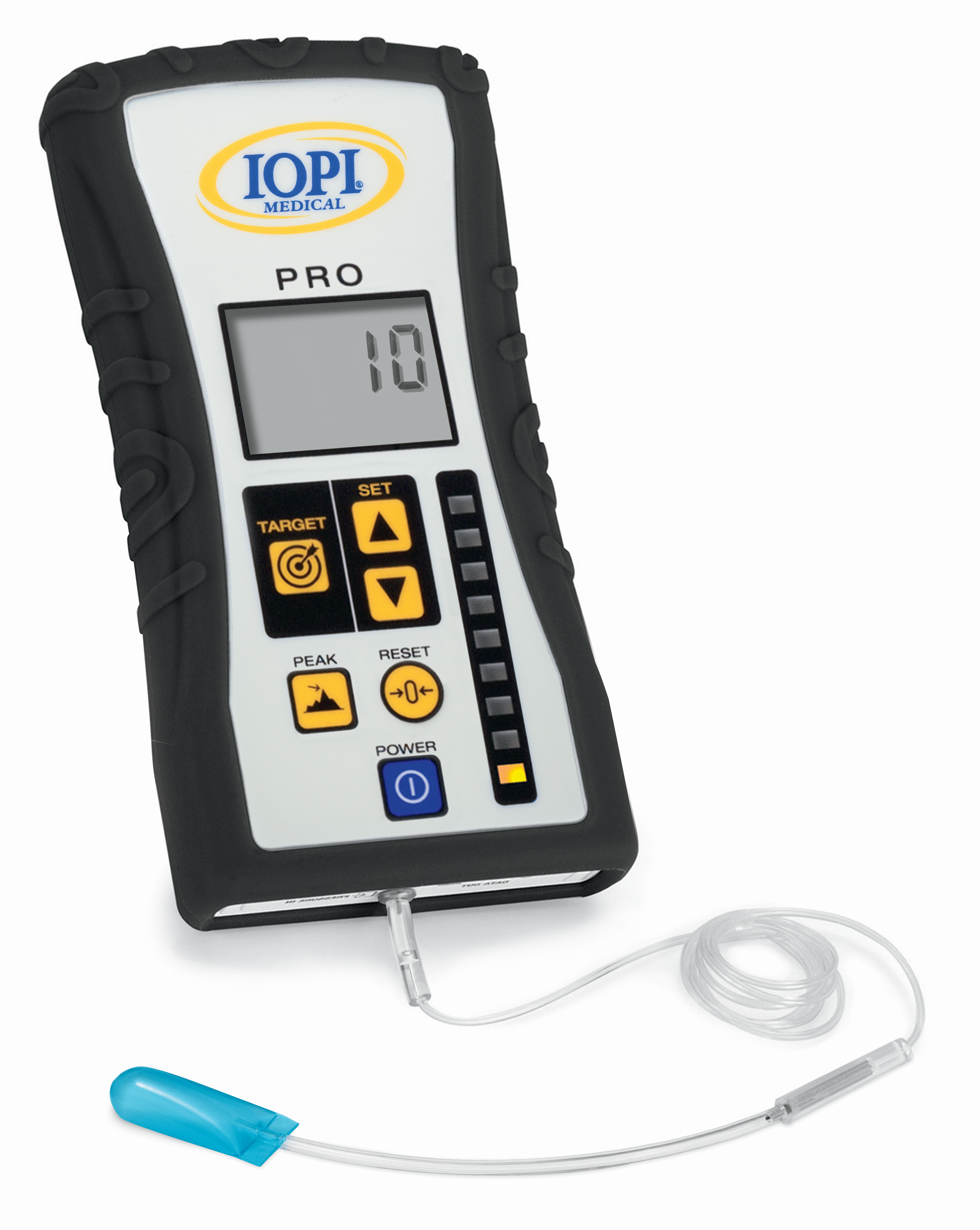We have been using the IOPI for the past 8 years in the Swallowing Rehabilitation Research Laboratory at the Toronto Rehabilitation Institute, both for measuring tongue pressures in research studies, and as a biofeedback tool in therapy. The device is easy to use, and, in our experience, provides reliable pressures across repeated measurements from the same individual. Dr. Luschei has been very helpful in guiding our use of the device for research.
In therapy, it is our experience that both patients and clinicians find it extremely motivating to have a target number to shoot for when doing tongue-pressure exercises. Similarly, it is extremely helpful to be able to give immediate feedback to the patient regarding their success in hitting the target. These features are really critical to being able to provide and maintain motivation within a treatment session and across a course of therapy. In our protocol, patients are encouraged to do 60 targeted tongue-palate presses in a session, which generally lasts about 45 minutes. Over the course of 24 treatment sessions, scheduled 2-3 times per week, we have been able to replicate the work of Dr. JoAnne Robbins, showing that maximum tongue-palate pressures increase in patients with neurogenic dysphagia.
In our protocol, we limit swallowing exercises with the device to saliva swallows. There are some studies in the literature in which a bolus has been introduced to the mouth while the bulb is in place, but we prefer not to do this. It is our feeling that the bulb occupies the space usually taken up by the bolus, and the combination of a bulb and a bolus might alter bolus positioning in a way that is not helpful for a patient. If a patient is ready to swallow a bolus in therapy, we reserve this task for the end of the session and do it without the bulb.
We are encouraged that almost all of our patients show significant improvements in tongue strength with a tongue-palate pressure exercise protocol using the IOPI. About 30% of these individuals with dysphagia post stroke are also showing functional improvements in swallowing after 24 sessions of treatment. We are currently exploring modifications to our protocol in the hope of improving this statistic.






